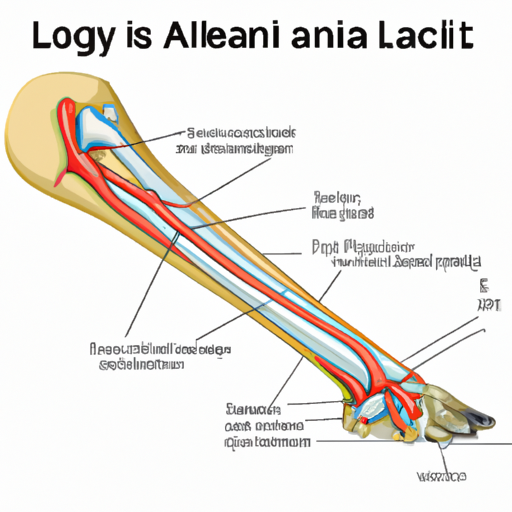Understanding Your Dog’s Anatomy
As a caregiver, it’s vital that you understand your dog’s anatomy. It’s not just about knowing what to feed them or how often to take them for walks – it’s understanding the intricate details of their bodies. Just like humans, dogs have Anterior Cruciate Ligaments (ACLs). These are crucial for your dog’s mobility and overall health.
In dogs, the ACL is located within the knee joint where it serves a critical role in maintaining stability. It’s a strong band of tissue connecting the femur to the tibia. Your dog actually has two of these in each knee, making a total of four ACLs.
The Role of ACLs in Dogs
Understanding the role of the ACLs in your dog’s body is crucial in ensuring their health and well-being. Dogs, just like humans, are susceptible to ACL injuries. The ACLs are responsible for:
- Preventing the tibia from moving too far forward
- Providing rotational stability to the knee.
When a dog’s ACL is torn, it can lead to instability, pain, and eventually arthritis if left untreated.
Recognizing ACL Injuries in Dogs
ACL injuries in dogs are unfortunately common. They can occur due to sudden movements, trauma, or even from simple activities like running or jumping. Signs of an ACL injury in a dog may include:
- Limping or favoring one leg
- Difficulty getting up from a lying or sitting position
- Decreased activity or reluctance to play
- Swelling around the knee joint
Treatment Options for Dogs with ACL Injuries
When an ACL injury is suspected, it’s important to consult with a veterinarian immediately. Treatment options may range from conservative management to surgical intervention. The right choice typically depends on the severity of the injury, the dog’s overall health, age, and lifestyle.
| Treatment | Description |
|---|---|
| Conservative Management | Involves rest, weight control, and physical therapy. |
| Surgery | Several surgical techniques can be used to stabilize the knee and prevent further damage. |
Preventing ACL Injuries in Dogs
Prevention is always better than cure. To help prevent ACL injuries in your dog, consider these tips:
- Maintain a healthy weight for your dog
- Avoid high impact activities
- Provide a balanced diet that supports joint health
- Regular vet check-ups
Frequently Asked Questions
How many ACLs do dogs have?
Dogs have four ACLs – two in each knee.
What are signs of an ACL injury in dogs?
Signs may include limping, difficulty getting up, decreased activity, and swelling around the knee joint.
How are ACL injuries in dogs treated?
Treatment may involve conservative management or surgery, depending on the severity of the injury and the dog’s overall health.
How can I prevent ACL injuries in my dog?
Maintaining a healthy weight, avoiding high impact activities, providing a balanced diet, and regular vet check-ups can help prevent ACL injuries.



